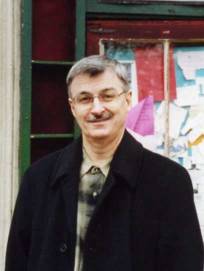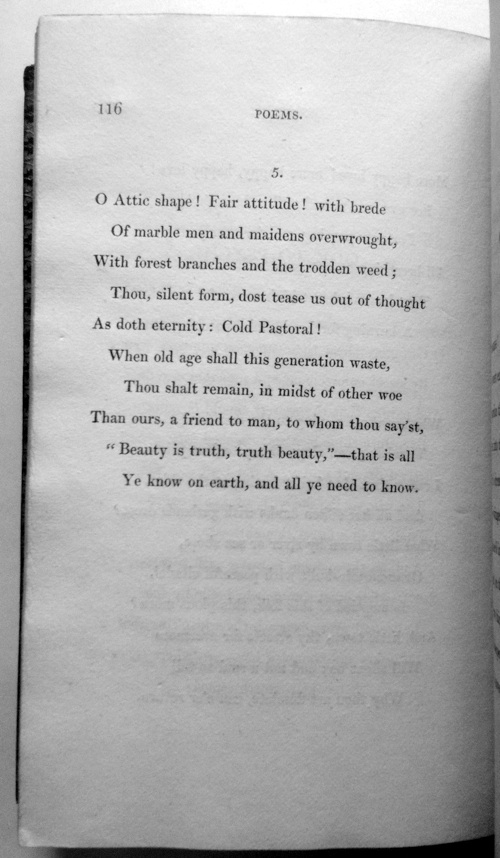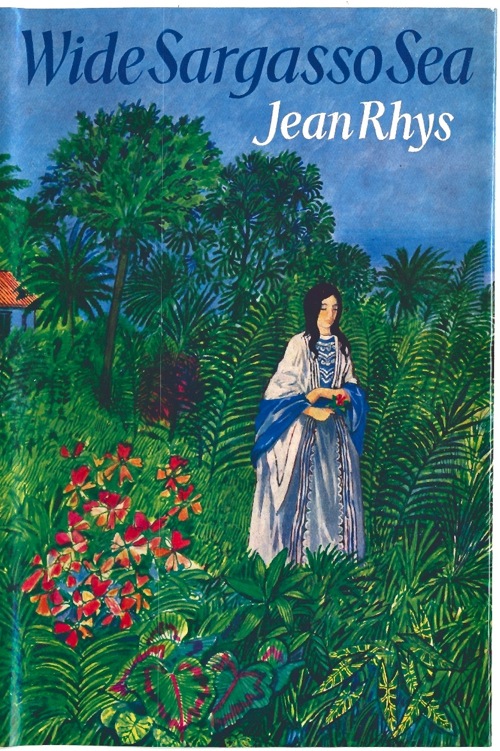On Critical Fiction : Tom Whalen interviewed by Henry Wessells
Tom Whalen is a novelist, poet, critic, short story writer, and (since 2008) visiting professor of film at the Staatliche Akademie der Künste in Stuttgart — his essay on Lola rennt (1998; Run Lola Run, 200) is wide ranging in its allusions and compelling in its insights, and serves as an example of his writing inthis discipline. It is his critical fiction work in prose and verse in the form that caught your correspondent’s attention, namely “On Henry James’s ‘The Great Condition’” in the current issue of Marginalia. His most recent book is a work of criticism (not critical fiction) published by the Dalkey Archive Press, The Birth of Death and Other Comedies: The Novels of Russell H. Greenan. His website is http://www.tomwhalen.com.
HW: Would you be amenable to answering a few questions about the critical fiction form and how it fits with your writing, for use on the CF Forum?
TW: Sure.
HW: Nothing onerous, I hope. I guess I am as interested in the why? underlying the critical as in the technical choices you make in your writing.
TW: Das ist eine gute Frage: why the critical mode? It’s fun; it doubles (at least) the capacity of one’s brain; it offers strange, deviating paths for a fiction to follow. I also appreciate its defiant, transgenre stance, which frees me to experiment. Or maybe it’s as simple as: I read a lot, and sometimes I like to write fiction about what I read.
HW: Wendy Walker has observed that some of your other stories are very similar to your critical fictions. Is this a case of same well, different shape bucket?
TW: Not quite. I’m not sure which stories exactly Wendy Walker has in mind, but, yes, in, say, the Encyclopedia Mouse Quintet (Books III-V have yet to appear) I critique genres, parody styles, insert essays and philosophical musings, use writers and philosophers — Wittgenstein, Walser, Hegel, Poe, Heidegger (EM’s bête noir), Swift, Homer, etc. — as minor but important characters.
I’ve also published several essayistic fictions like “In the Restrooms of Europe” (Yellow Silk, and in the anthologies The Book of Eros and Brief Encounters), “Louisiana: A Gay Essay” (Fiction International), “Le Nouveau Roman” (Report from the Dump, Obscure Publications), the story as personal article (“Conversations with Godard,” Agni), and several works that to me are more essay than fiction, but still both. “Is your piece ‘The Europeans’ nonfiction or fiction?” one editor asked. I answered that it was about 85% nonfiction, but that the remaining 15% makes me call it fiction. He quickly rejected it.
And then there’s the out-of-the-box (or in-the-wrong-box) comic novel I wrote with Daniel Quinn, A Newcomer’s Guide to the Afterlife: On the Other Side Known Commonly as “The Little Book” (Bantam, 1997), which employs a host of nonfictional forms and strategies.
So regarding some of my fiction, Wendy Walker is right, but it’s not always drawn from the same well.
HW: Does your approach to composition of a critical fiction differ from the writing of other stories?
TW: Yes, especially when you consider that most of my stories, whether realistic or fantastic, are more strictly character-centered. Recent stories such as “Rudolph’s Story” (Fiction International), “The Children Beneath My Window” (Ninth Letter), “The Effect” (The Literary Review), “The Installation” (Green Mountains Review), “Apotheke” (Southern California Review), “From the Life of a Project Manager” (New Ohio Review), “German Female, 27” (Natural Bridge), “My Neighbor” (The Hopkins Review), and “My Father’s Coat” (Agni) neither partake of nor parody critical strategies. Certain structural principles and dynamics stay the same, yes, but the mode of narration is different.
HW: And your literary and film criticism, any similarities with your critical fiction?
TW: Clearly they’re not fiction, but I try when possible to make my critical prose as lively, albeit not as imaginative, as my critical fiction. In my essay on Conrad’s “An Outpost of Progress,” written for a teacher’s manual to an anthology of post-colonial short stories I co-edited with Angelika Hoff, I couldn’t take a bike ride with Conrad in the middle of my analysis, but in my critical fiction on the same story, “Carlier and Kayerts” (Witness), I did.
HW: Do you intentionally set off from a source text or do you find yourself drawing such material into a work of fiction as it emerges?
TW: Both can happen and have.
HW: You seem to come back to the work of Henry James and Robert Walser as subjects for critical fiction. What prompts this?
TW: Because they were both born on April 15? I love the demands these two masters make on me as a reader, how both of their works (I’m thinking of late James when I say this) track and remake consciousness with their syntax. My relationship to their works has been long-lasting, intense and thus personal. Writing critical fictions with James or Walser as the subject is, in part, a way for me to pay homage to what they continue to give me.
HW: Who else are you reading?
TW: During the past two weeks I’ve read the prolific Argentine short novelist César Aira’s The Seamstress and the Wind and Spanish novelist Enrique Vila-Matas’s Never Any End to Paris, both just out with New Directions. (The three novels in English by Vila-Matas, by the way, are good examples of the novel as critical fiction.) And I read Animalinside, a novella by the Hungarian László Krasznahorkai with art by Max Neumann, a German painter (New Directions), and Mark Ford’s translation of Raymond Roussel’s long poem New Impressions of Africa (Princeton).
Before that I had just come back from teaching a block seminar in Freiburg on American Crime Novels (1946-1969), my reading or rather re-reading for which included In a Lonely Place by Dorothy B. Hughes, The Long Goodbye by Raymond Chandler, A Rage in Harlem (For Love of Imabelle) by Chester Himes, We Have Always Lived in the Castle by Shirley Jackson, The Killer Inside Me and Pop. 1280 by Jim Thompson, and The Tremor of Forgery by Patricia Highsmith.
Next up: Mark Polizzotti’s new translation of Roussel’s novel Impressions of Africa (Dalkey Archive) and an online translation of Thomas Bernhard’s Ungenach.
And of course I’m eager for October to arrive, when New York Review Books will bring out a new collection of Walser’s prose, Berlin Stories, translated by Susan Bernofsky.
[The interview was conducted in an e-mail correspondence, 2-3 July 2011.]
A selective checklist of critical fictions by Tom Whalen
“Henry James.” Northwest Review Vol. 41, No. 2 (2003), 124-25.
“On Henry James’s ‘The Great Condition.’” Marginalia 5, 89-90.
“Carlier and Kayerts.” Witness Vol. XXII, 101-02.
“Maisie.” Coe Review Vol. 37 No. 2, Spring 2007, 4-11.
Twenty-Six Novels. Black River Falls, WI: Obscure Publications, 2001.
Walser Wandering. Black River Falls, WI: Obscure Publications, 2009. (“Herr Walser on a Stroll Encounters Monsieur Satie Striding,” “Walser Wandering”).
“On Robert Walser’s Birthday.” Crosscurrents Vol.5, No.3, 87. Maryland Poetry Review Vol.1, No.3, 6. From a Bend in the River: 100 New Orleans Poets. Kalamu ya Salaam, ed. New Orleans: Runagate Press, 1998, 209.
Winter Coat. Red Dust, 1998, 7.
“From Eleven Novels (“Rendezvous in Erlangen,” “The Bicycle and the Canary,” “Moon Story”). Sentence 8, 115-16.
(“Lake Sketch for Little Girls.” Alice Redux. Richard Peabody, ed. Arlington, VA: Paycock Press, 2006, 317-319. On Carroll’s ‘Alice’.
“Le Nouveau Roman” (Report from the Dump. Obscure Publications, 2001, 1-3).
-30-




